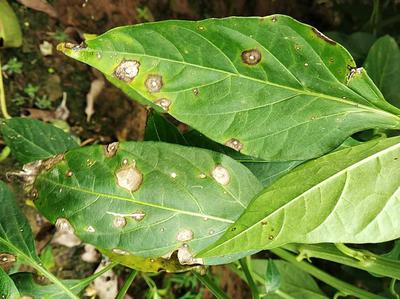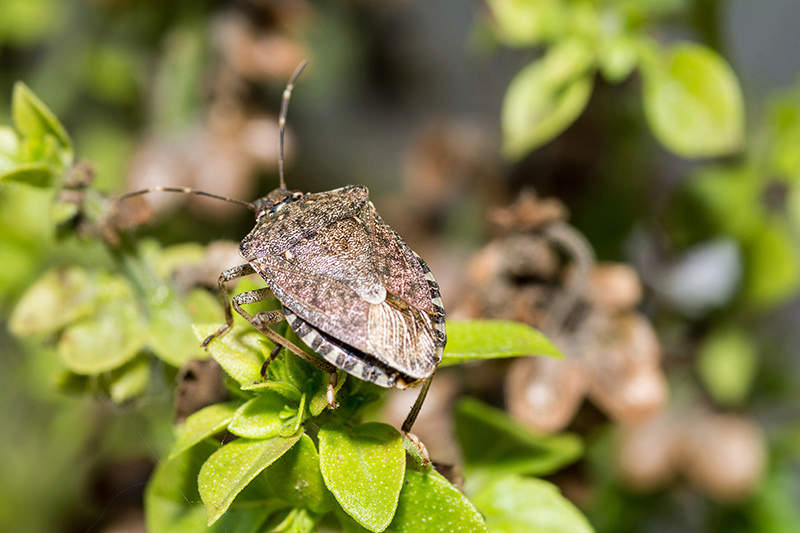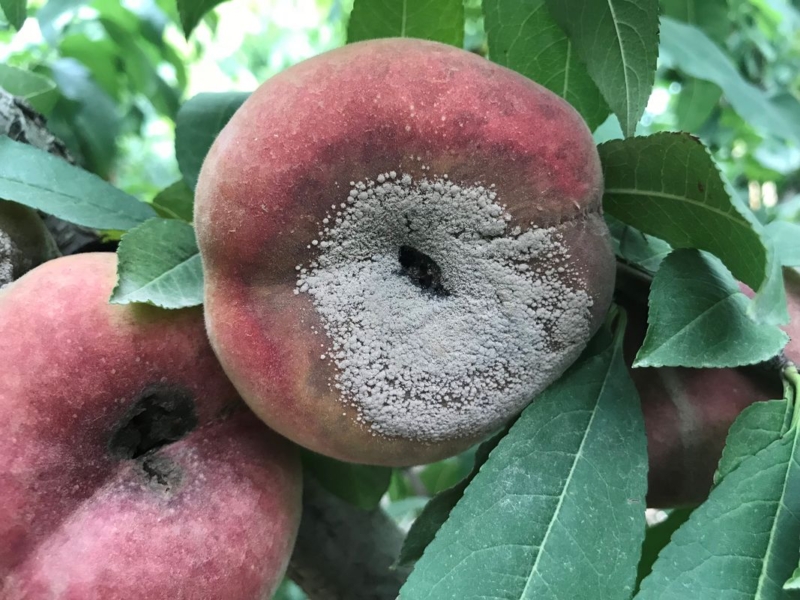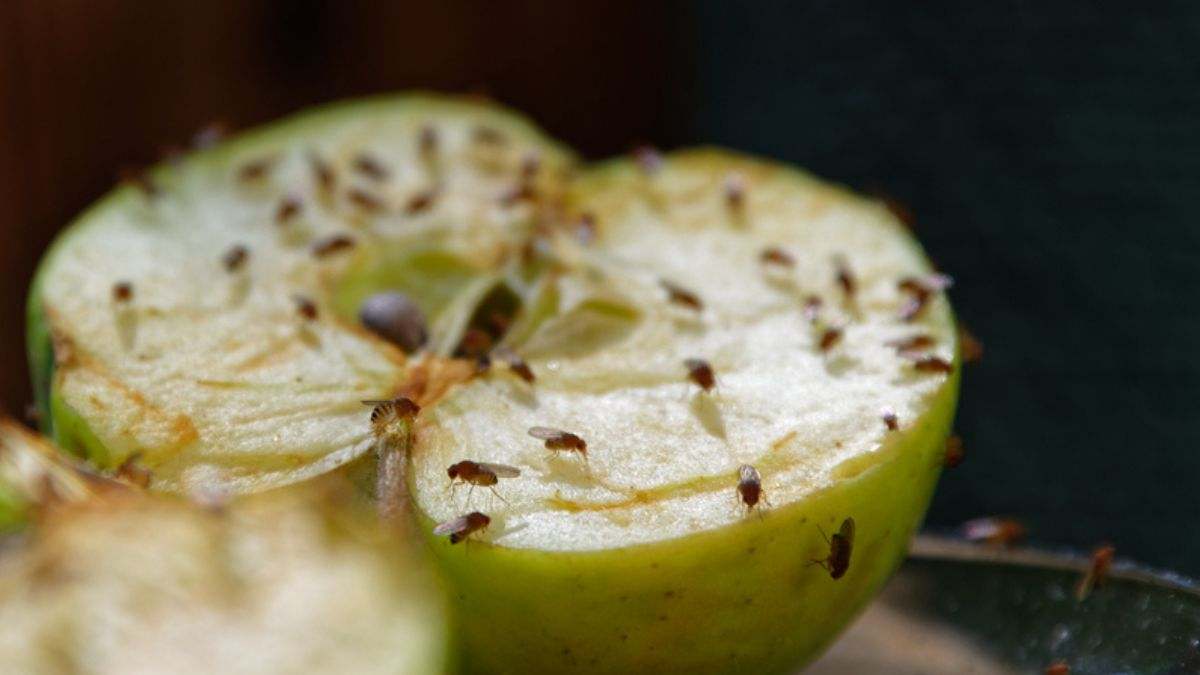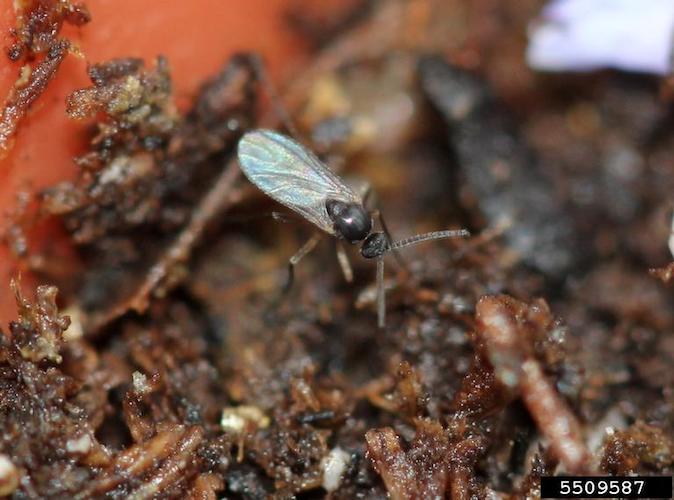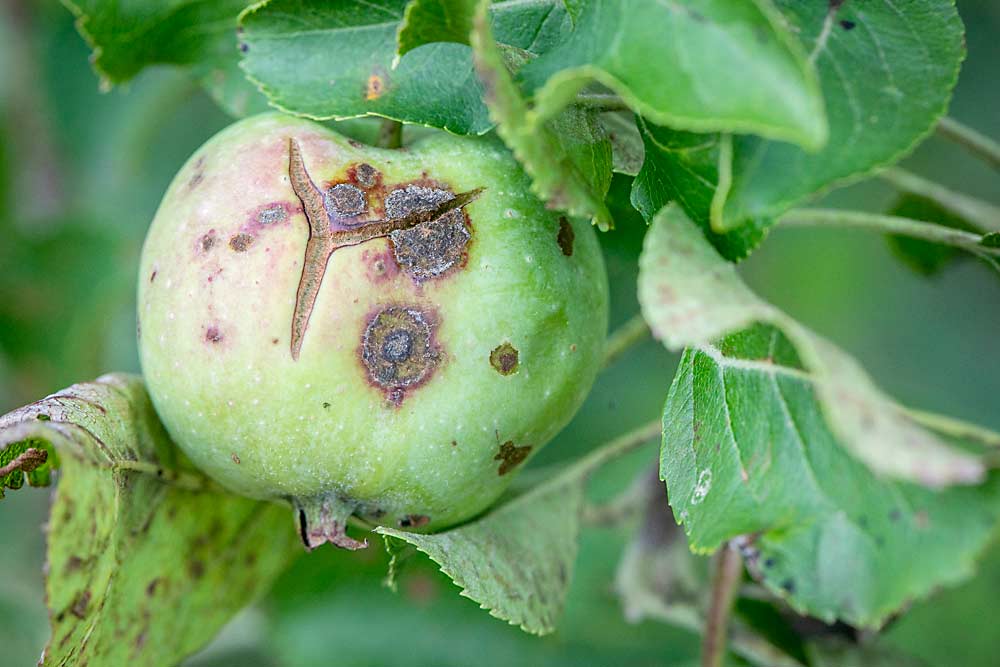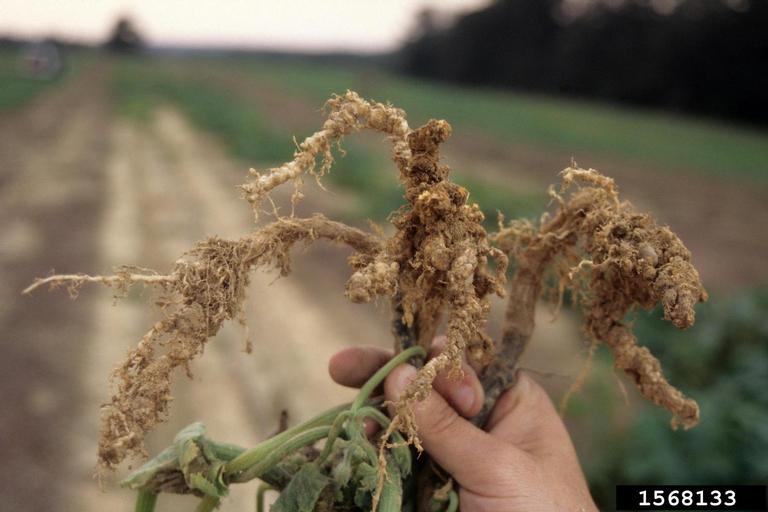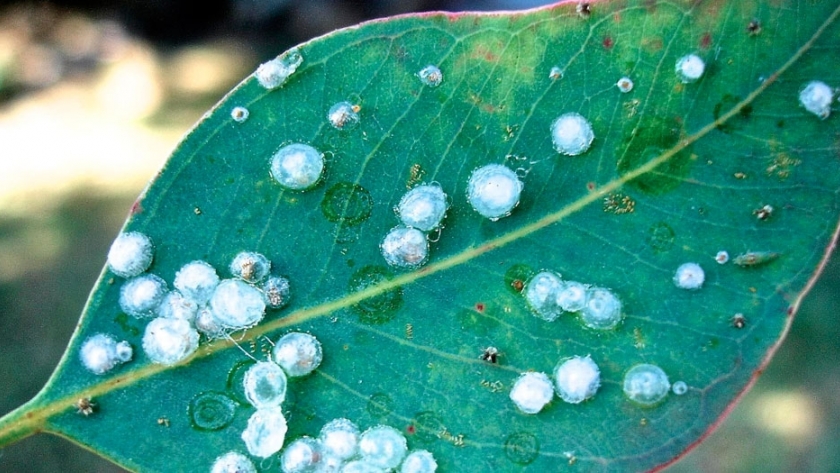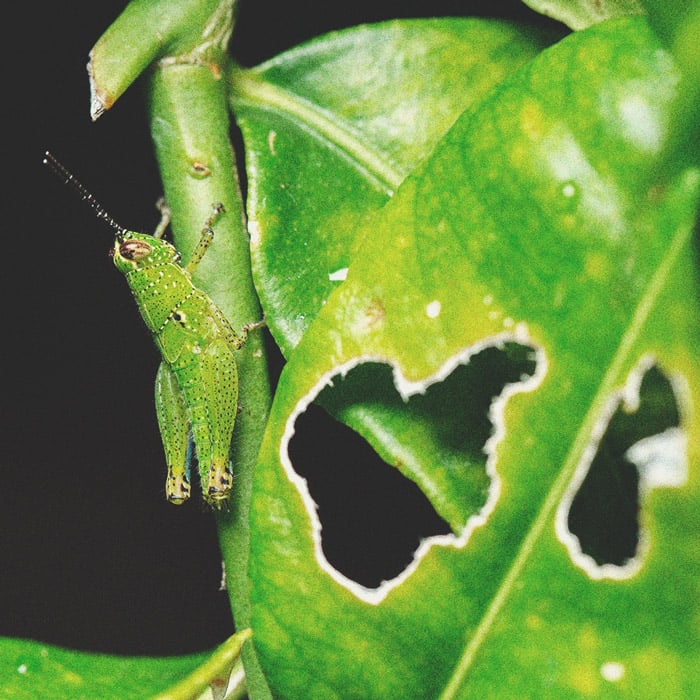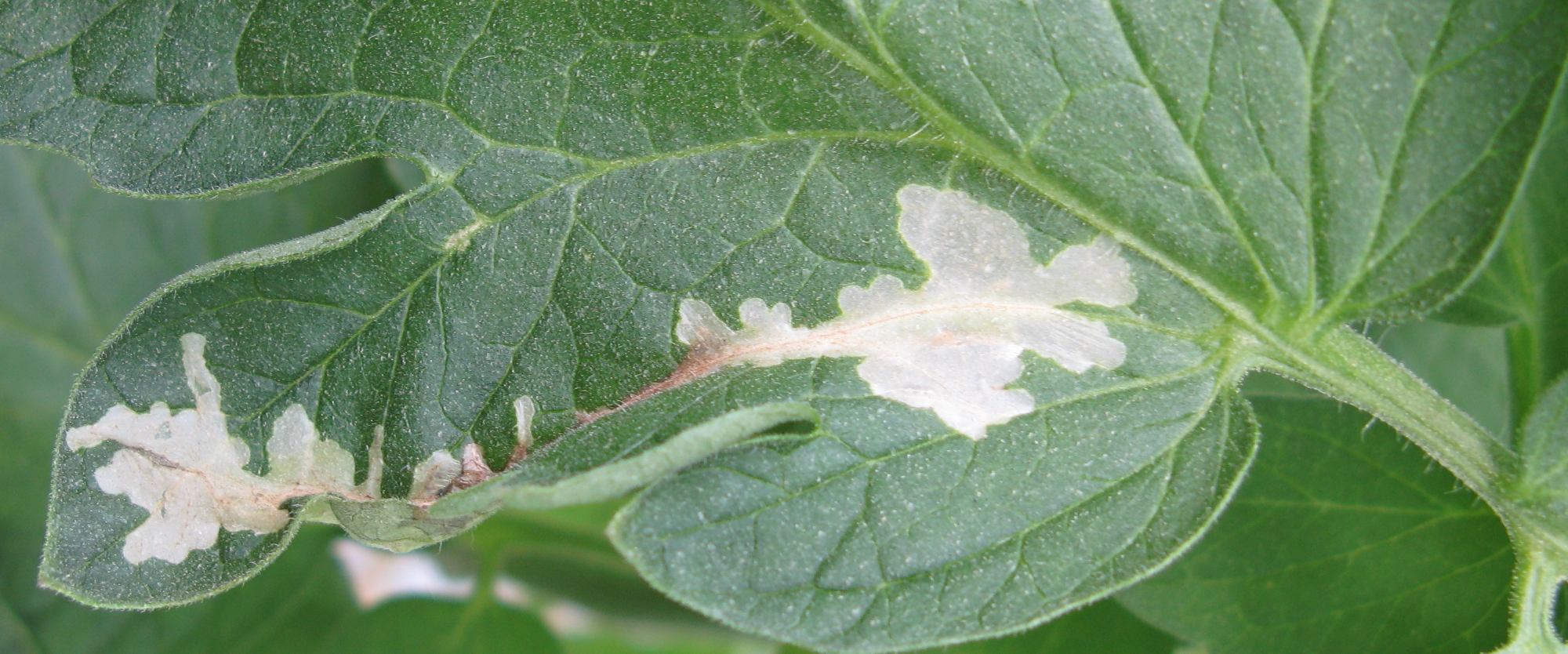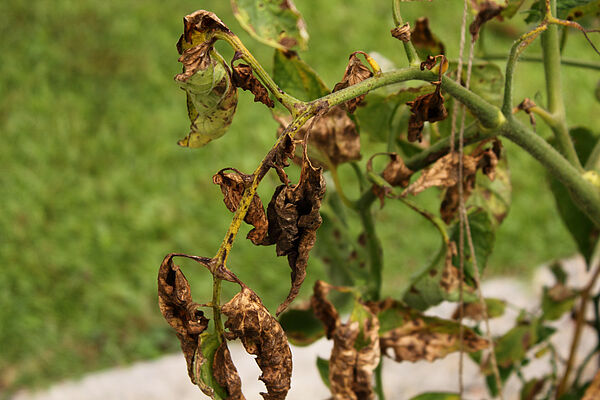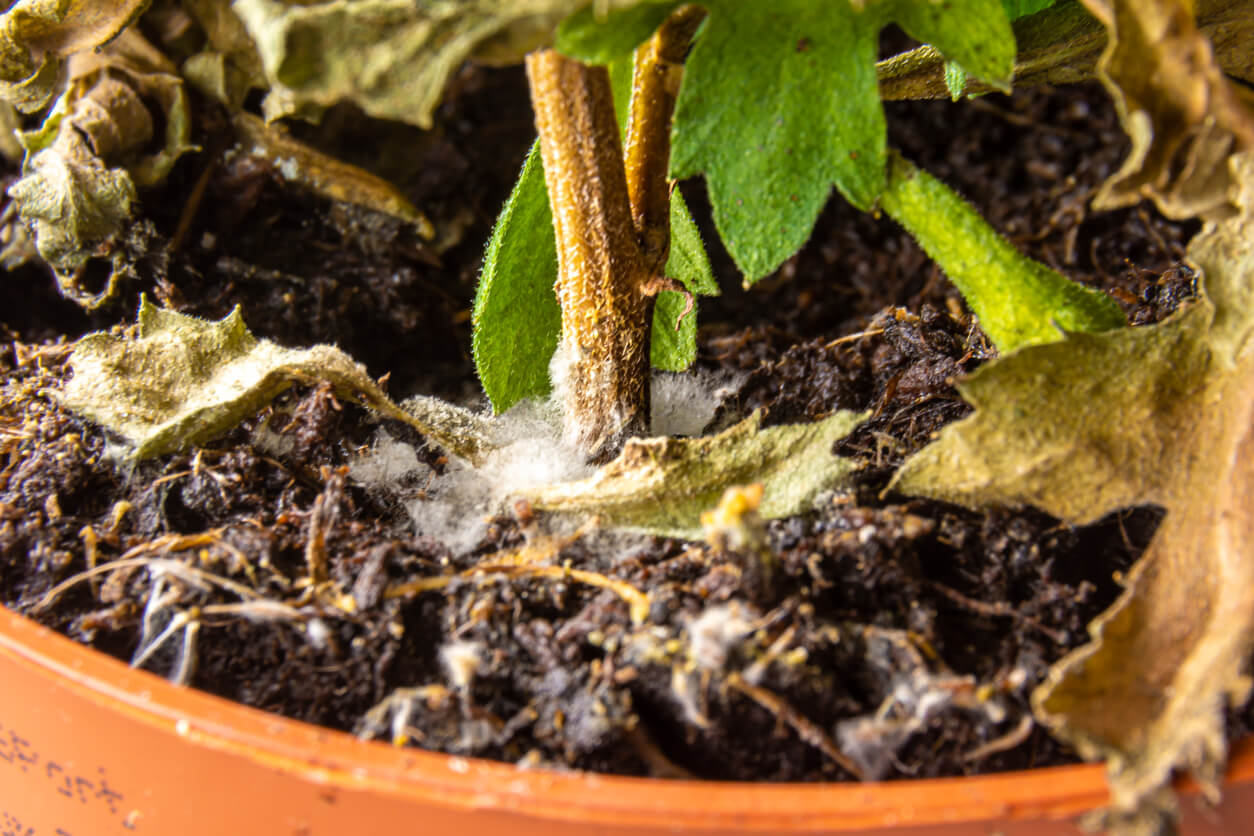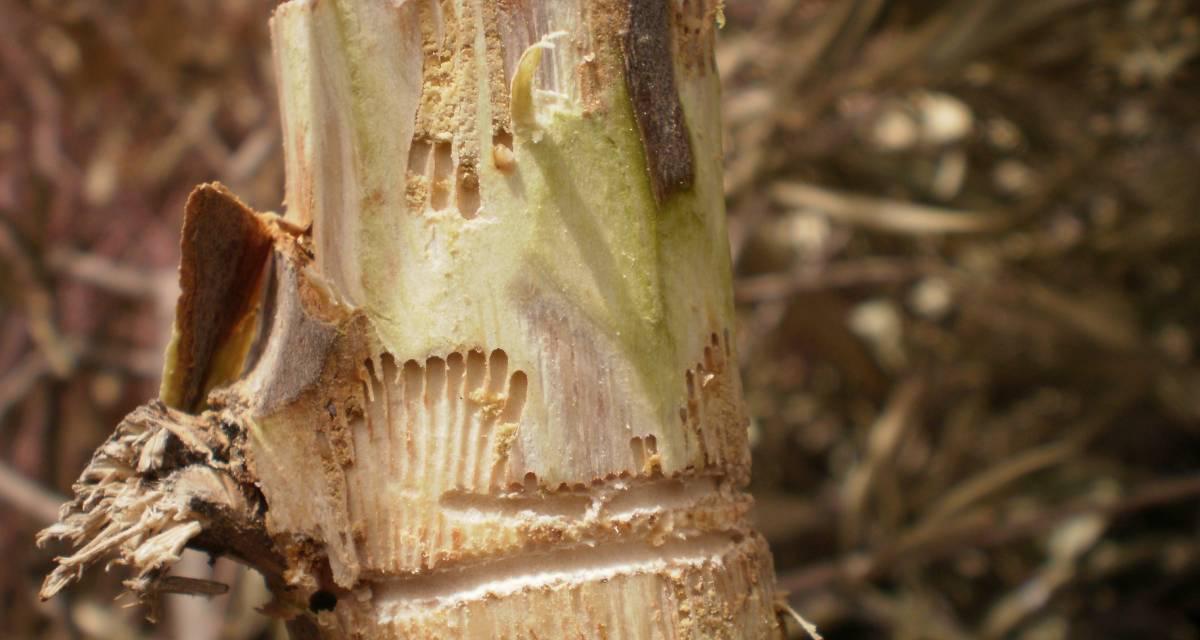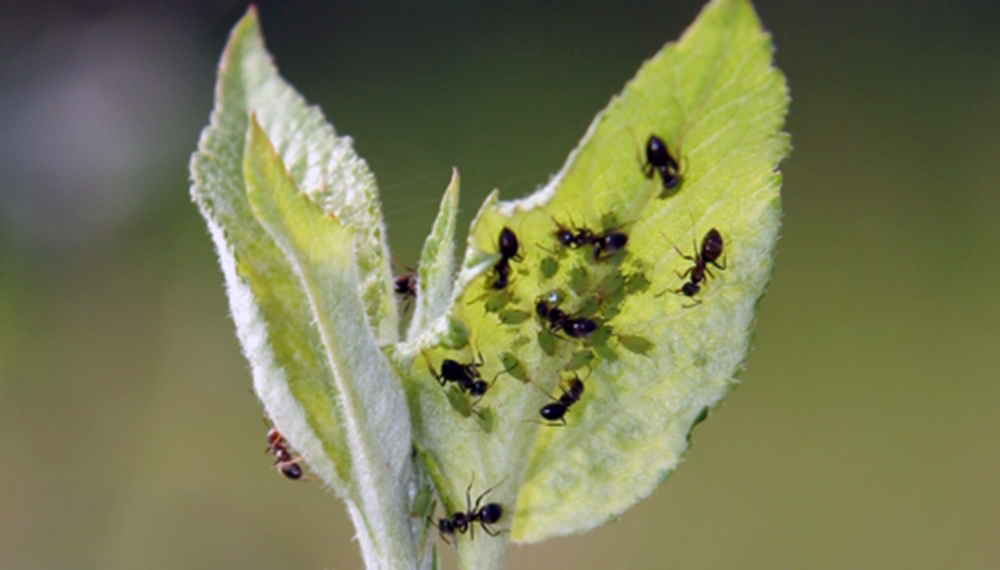
Mites
WHAT IT IS AND HOW TO ELIMINATE
Vid
Mites
Calepitrimerus Vitis (Epitrimerus / Phyllocoptes Vitis)
Pathogen:
Insect
Type:
Risk to the plant:
HIGH
Ácaros
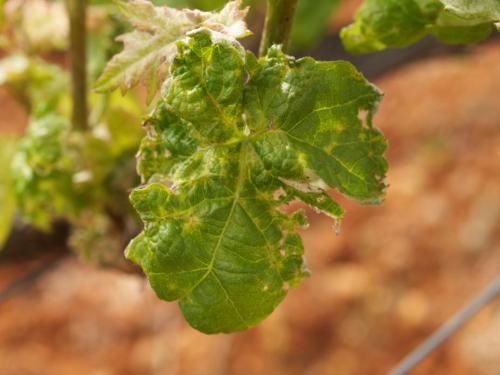
WHO CAUSES IT?
Calepitrimerus vitis, also known as the vine mite, is a microscopic mite that belongs to the Eriophyidae family. This pathogen is an arthropod that is found mainly in vineyards, where its activity is closely linked to the vegetative cycle of the plant. Adults are elongated and extremely small, measuring just about 0.15 mm in length, which makes them practically invisible to the naked eye. They develop mainly in the buds of the vine during the winter, where they remain dormant until climatic conditions are favorable. During spring, they begin to emerge and feed on the young tissues of the vine, affecting leaves, buds and sometimes even the forming clusters. This feeding process, in addition to causing direct damage, also causes deformations and alterations in the plant. Its development cycle includes several stages, from egg, larva, protonymph, deutonymph and adult, with one generation approximately every month in optimal conditions.
SYMPTOMS
The disease caused by Calepitrimerus vitis on the vine is known to cause weakened growth and malformations in the leaves and shoots. The damage caused by this mite can seriously affect the productive capacity of the plant, especially if populations are high and control measures are not taken in time. The mite feeds on young tissues, which interferes with the normal development of plant structures. The affected leaves have dents, chlorotic Taches and curl upwards. In more severe cases, grape production may be reduced due to interference with photosynthesis and general weakening of the plant.
- Leaves with dents and yellowish Taches.
- Rolling of the leaves upwards.
- Weak and malformed shoots.
- Loss of vigor in the plant.
- Reduction in grape production.
- Premature wear of the affected buds.
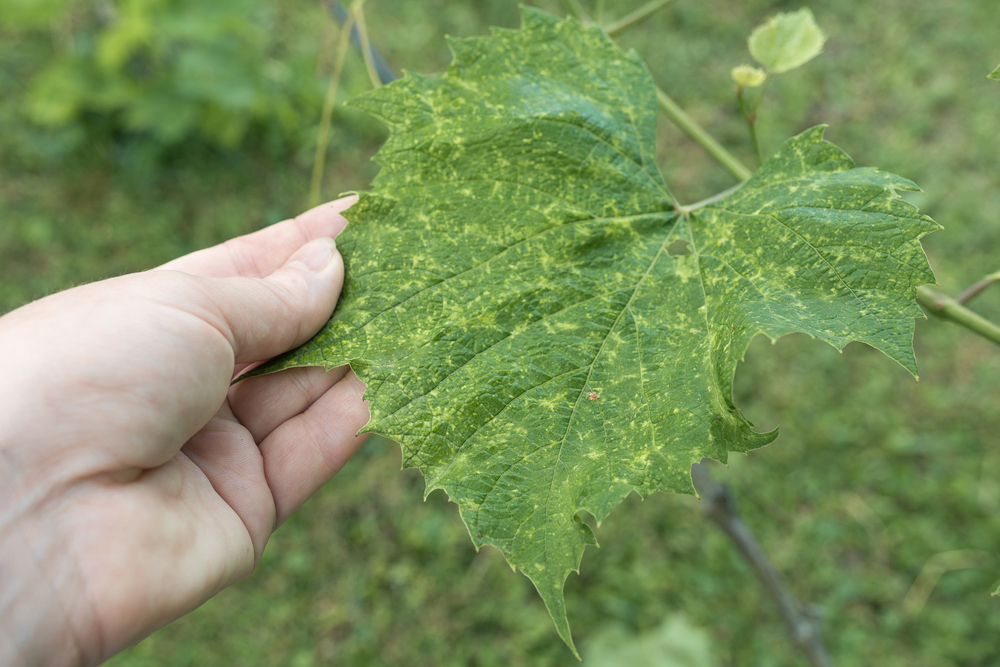
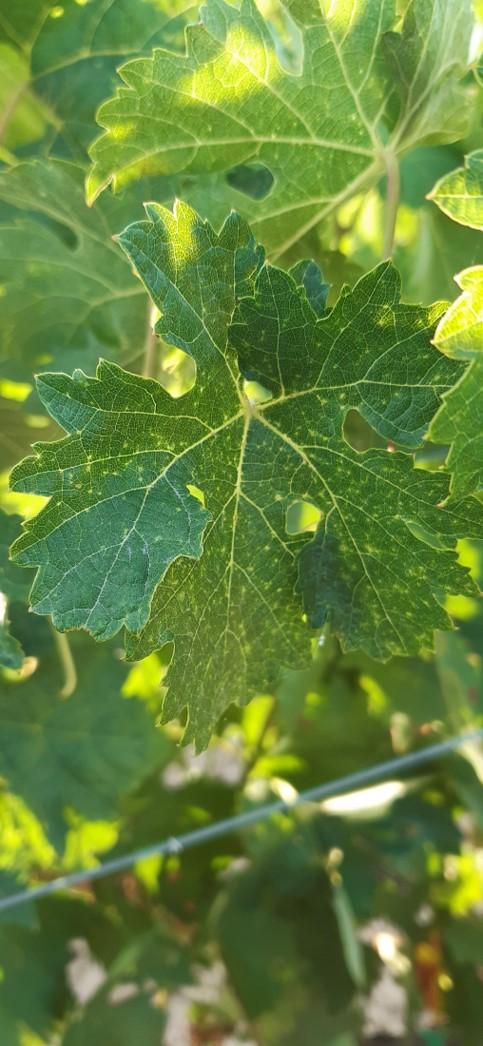
DEVELOPMENT CONDITIONS
Temperature:
18-28°C
Humidity:
50-80%
HOW IS IT SPREAD?
Wind, Contaminated pruning tools, Contact between plants, Infected plant material
HOW TO ELIMINATE IT?
Home treatments
There are no home treatments
Natural allies
Chemical treatments
There are no treatments for this disease. Treatments are directed at the insect vectors that transmit it. See insect treatments.
RECOMMENDED PRODUCTS TO ELIMINATE THE PEST
Sponsored link
Sponsored link
Sponsored link
Sponsored link
Sponsored link
Sponsored link
Effective against all types of fungi
REPELLENT PLANTS
Rosemary, Dill, Coriander
RECOMMENDATIONS
- Check the back of the leaves frequently, especially in dry weather.
- Spray water on the leaves to increase humidity and prevent them from settling.
- Keep plants healthy with good watering and adequate light.
- If you see cobwebs or damage, clean the leaves with a damp cloth or pressurized water.
- Use potassium soap or neem oil every few days until they disappear.






















